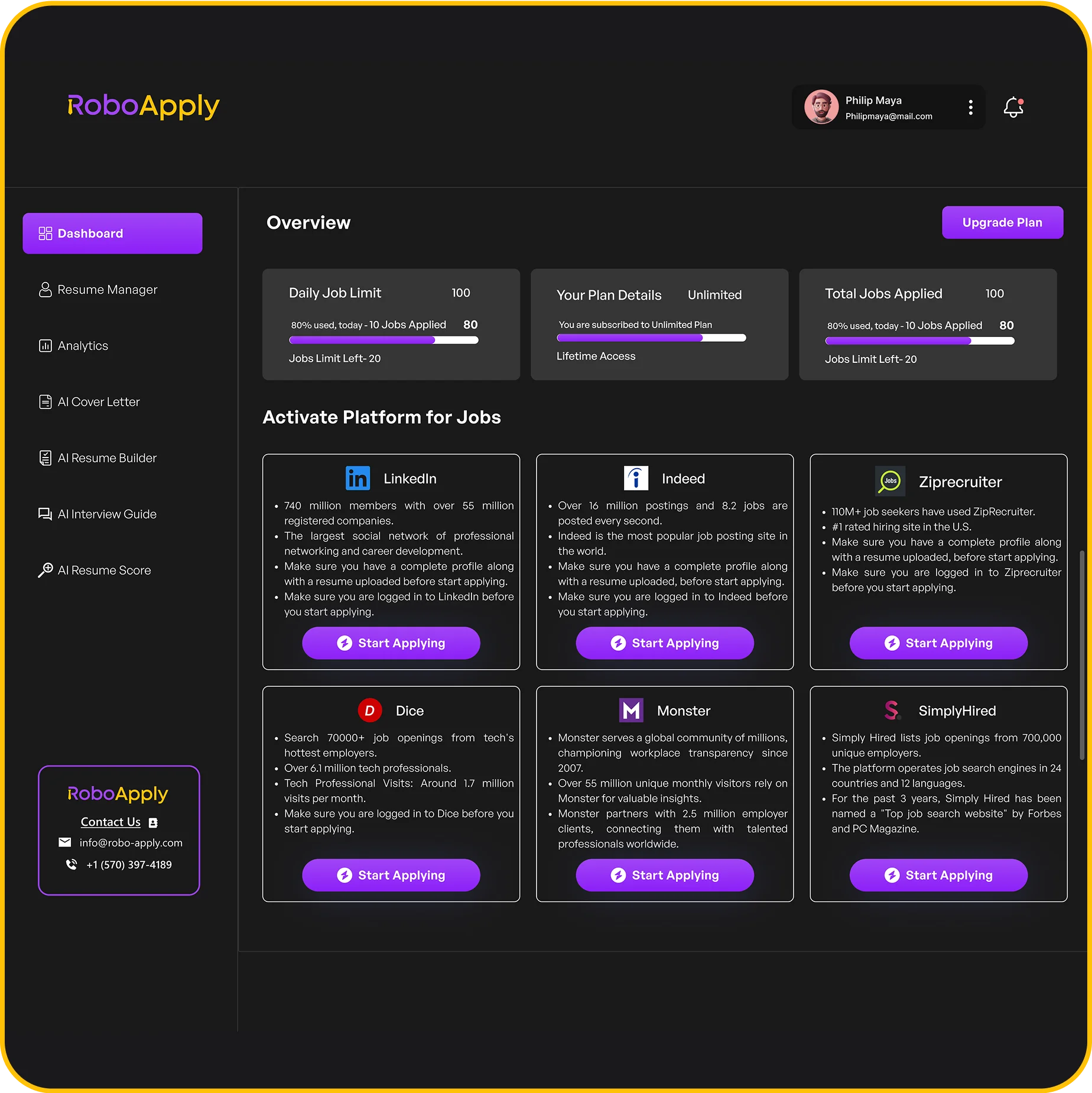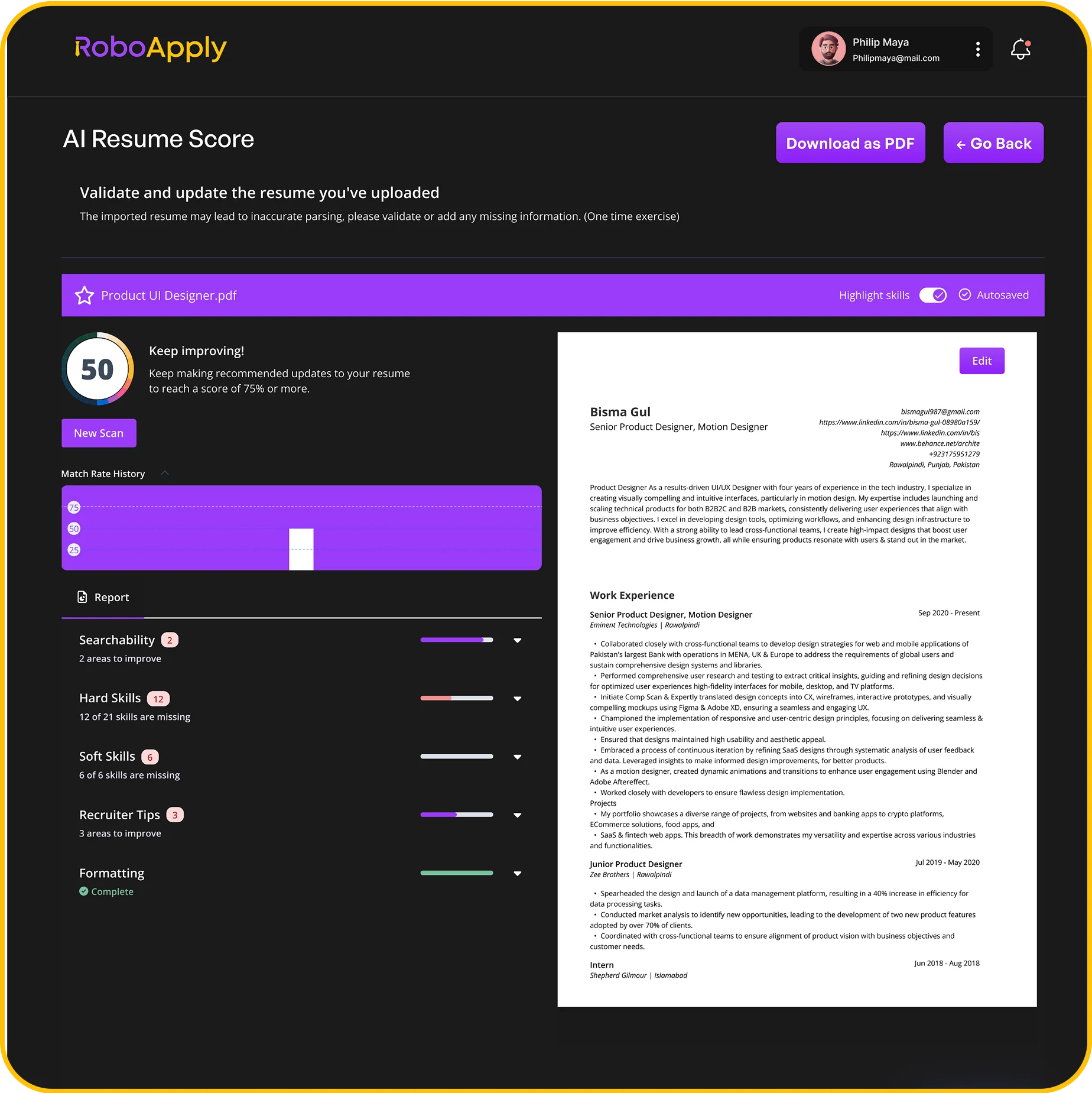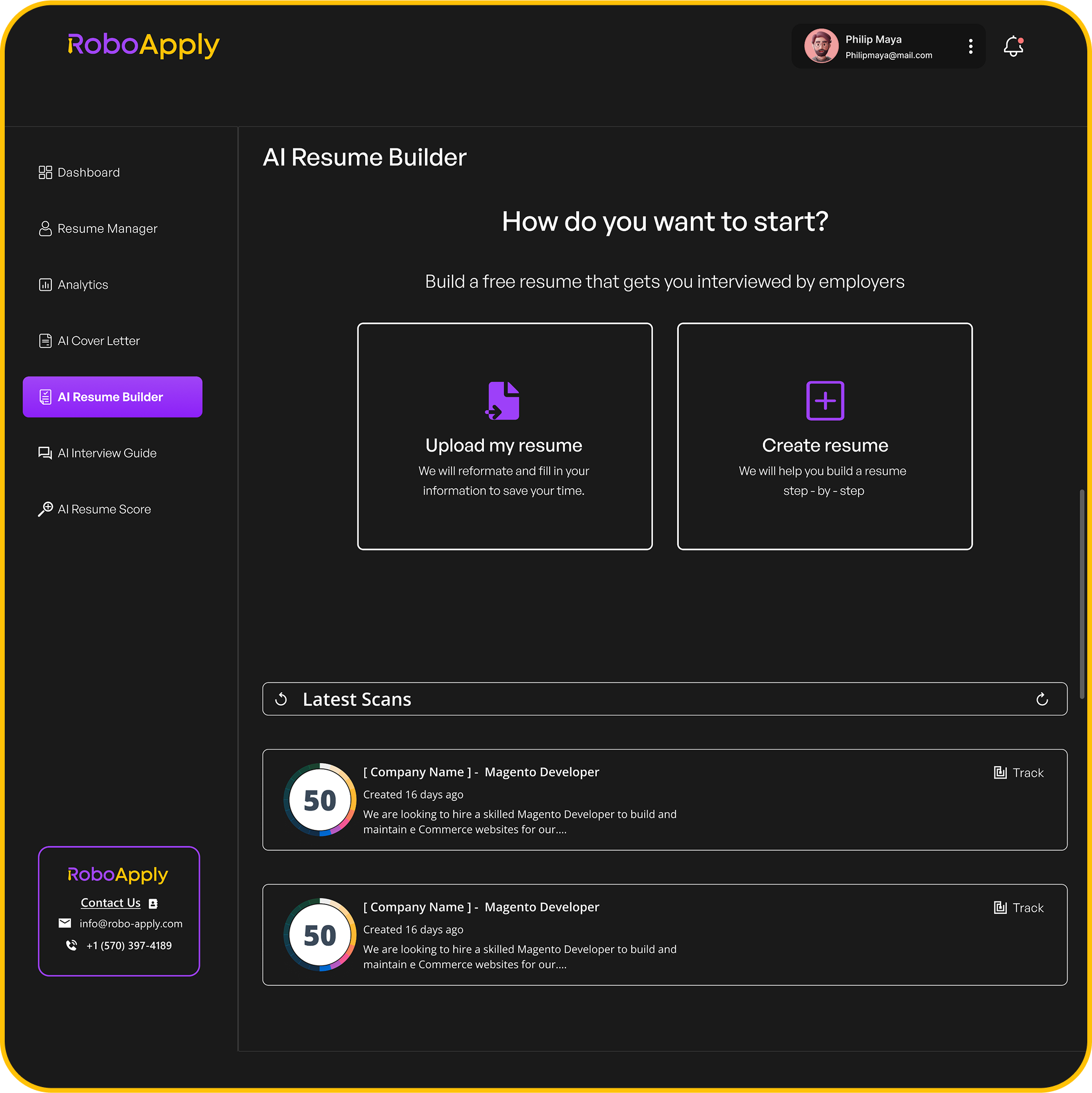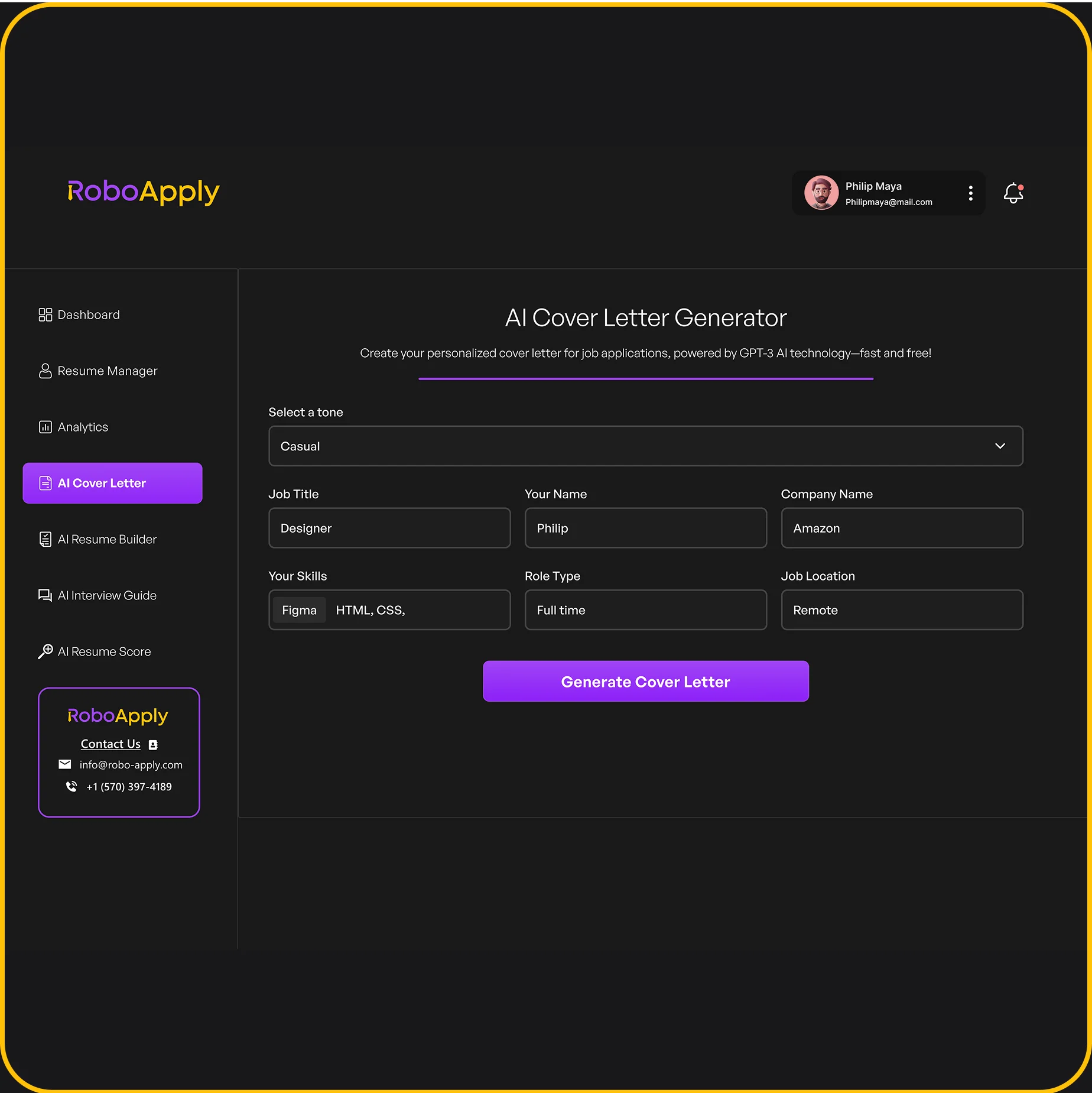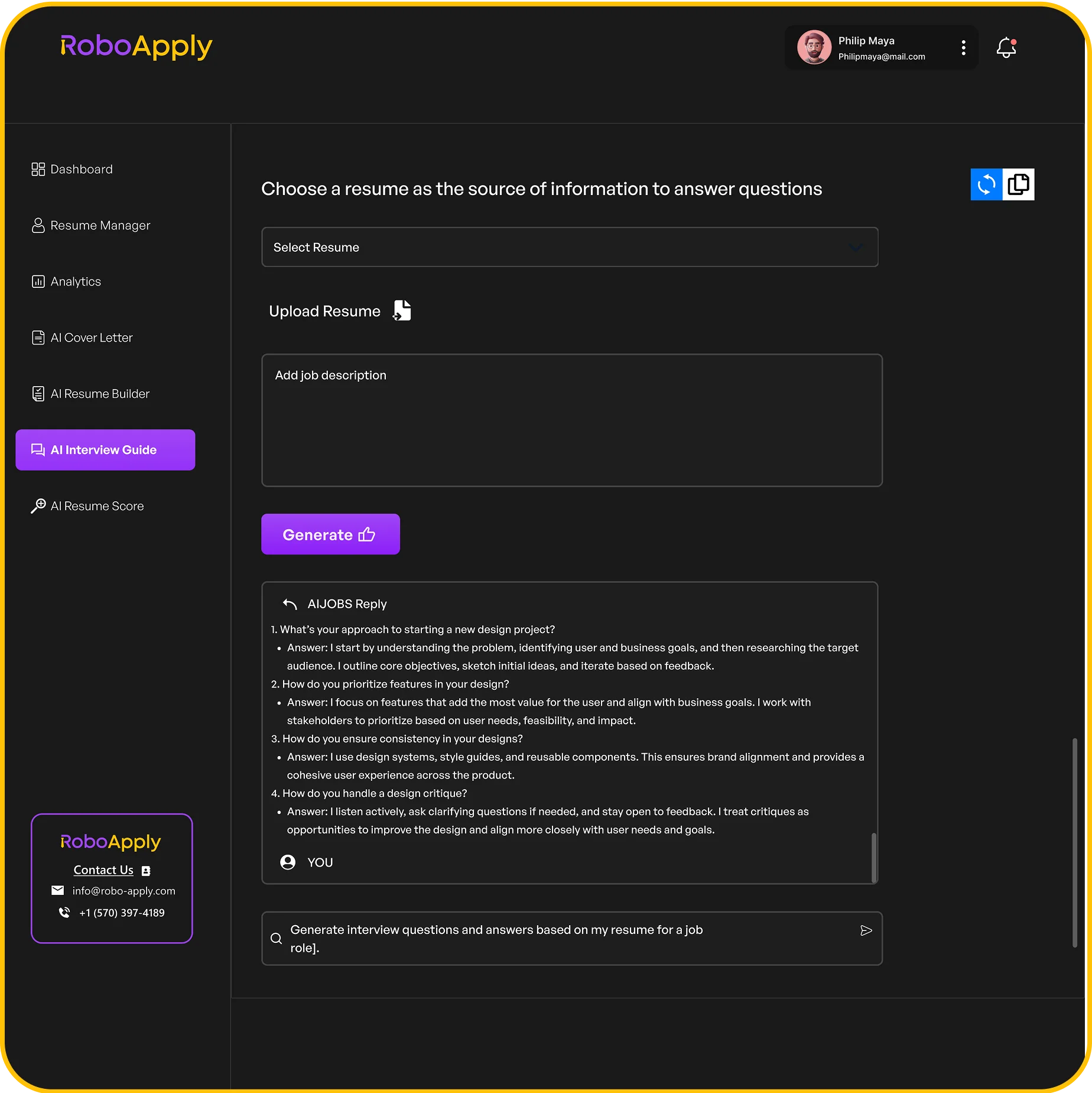1. Education Section

Okay, so you’re trying to figure out how to list that associate degree on your resume? The education section is where it all goes down. It’s not just about slapping the degree on there; it’s about presenting it in a way that makes sense for your career goals. Think of it as telling a story, but with degrees and dates.
Here’s the deal:
- Always list your education in reverse chronological order. This means your most recent degree goes first. If you have a bachelor’s degree, that goes before your associate degree.
- Include the full name of the degree, the school, and the graduation date (or expected graduation date). Don’t skimp on the details.
- If you have limited work experience, you can add relevant coursework, honors, or awards to beef up this section. Think Dean’s List or relevant projects.
The education section is more than just a list of schools you attended. It’s a chance to highlight your academic achievements and show employers that you have the knowledge and skills they’re looking for.
Consider this example:
EDUCATION
Associate of Arts, Liberal Arts - Anytown Community College, Anytown, USA - May 2024
Relevant Coursework: English Composition I & II, Introduction to Psychology, College Algebra
Make sure you tailor this section to the job you’re applying for. If the job requires specific skills that you learned during your associate program, make sure to highlight those. You can also use a free resume scanner to check if you’ve highlighted the right information for your degrees, majors and minors.
2. Multiple Degrees
If you have more than one degree, it’s important to list them correctly. Here’s how to handle it:
- List your degrees in reverse chronological order. This means your most recent degree goes first.
- If you have a bachelor’s and an associate’s degree in the same field, you might not need to include the associate’s. However, if the associate degree is relevant or required, keep it.
- If your degrees are in different fields, list them all to show your range of knowledge. This can be especially useful if you’re changing careers.
It’s generally a good idea to include all relevant degrees, but prioritize the ones that best showcase your qualifications for the job you want.
For example:
- Master of Science in Computer Science – University of Tech, 2023
- Bachelor of Science in Mathematics – State College, 2021
- Associate of Arts in General Studies – Community College, 2019
3. School Attended
When listing your associate degree, it’s important to clearly state the name of the institution you attended. This helps employers verify your credentials and understand the context of your education. Think of it as setting the stage for your academic achievements.
- Always use the official name of the school.
- Include the city and state where the school is located.
- Double-check for accuracy to avoid any confusion.
It’s a small detail, but getting the school’s name right shows attention to detail. It also makes it easier for employers to find and verify your degree, which is always a plus.
For example:
- Incorrect: "Local Community College"
- Correct: "Austin Community College, Austin, TX"
Listing the correct school name is a simple way to make your resume examples look more professional and credible.
4. Relevant Information
When should you actually include your associate degree on your resume? It’s a good question! Here’s the deal:
- If the degree is directly related to the job you want, keep it on there.
- If you’re switching careers and the degree is relevant to the new field, include it.
- If you don’t have a more advanced degree, definitely list it.
- If you’re currently working towards the degree, even if you’re on a break, it’s worth mentioning.
On the flip side, there are times when leaving it off is the better move:
- If you have a bachelor’s or master’s in the same field, the associate’s degree becomes less important. You can always use a resume template to help you decide what to include.
- If the job specifically requires a higher degree, it might not help your case. However, if a bachelor’s is just "preferred," still apply!
- If you finished the degree a long time ago and have tons of work experience since then, it might not add much value. Think about what the degree brings to the table. Does it showcase a skill or knowledge base that’s still relevant? If not, it might be time to let it go. Remember to list your degrees in reverse-chronological order.
Basically, think about whether the associate’s degree strengthens your application or just takes up space. Tailor your resume to each job!
5. Recent Graduate
If you’re fresh out of school, flaunt that education! Your education section can take center stage at the top of your resume, above your work experience. This is your chance to shine, especially if you lack extensive professional experience.
Consider adding details like:
- Relevant coursework that aligns with the job description.
- Any academic awards or honors you received (Dean’s List, scholarships, etc.).
- Student activities and organizations you were involved in.
- Your GPA, but only if it’s above 3.5 – otherwise, leave it off.
Think of your education section as a way to compensate for limited work history. Highlight what you learned and how it applies to the job you’re seeking. It’s all about showcasing your potential!
Here’s an example of how to list your associate degree if you’re a recent grad:
EDUCATION
University of Awesome, Awesomeville, USA
Associate in Applied Science
Relevant coursework: Widget Design, Advanced Sprocket Theory, Intro to Gadgets
Dean’s List, 2024
Remember to tailor the extracurricular activities and coursework to match the job requirements. If you’ve been out of school for a while, move your education section below your work experience.
6. Resume Scanner
Resume scanners, also known as Applicant Tracking Systems (ATS), are software programs employers use to filter through resumes. They scan for keywords and specific formatting to determine if a candidate meets the basic qualifications for a job. Understanding how these systems work is essential to getting your resume in front of a human.
Your resume needs to be ATS-friendly to pass this initial screening.
It’s easy to think your skills and experience alone will get you the job, but if your resume isn’t formatted correctly, it might never even be seen. Make sure your resume is readable by both humans and machines.
Here are some things to keep in mind:
- Use standard headings like "Experience," "Education," and "Skills."
- Avoid using tables, images, or text boxes, as these can confuse the scanner.
- Use keywords from the job description throughout your resume.
- Submit your resume in a format the ATS can read, like .docx or .pdf.
Consider using a free resume review tool to check if your resume is ATS-friendly. It can highlight areas that need improvement and help you optimize your resume for better results. Remember, a well-formatted resume increases your chances of landing an interview. If you have an MBA on a resume, make sure it’s easy to find!
7. Resume Examples
It’s always helpful to see examples, right? Let’s look at how an associate degree might appear in different resume scenarios. These examples will show you how to format the information and what details to include.
Example 1: Standard Education Listing
This is your basic, straightforward listing. It’s clean and easy to read.
Education
Associate of Arts, Liberal Arts - Anytown Community College, Anytown, USA
Graduated: May 2023
Example 2: Highlighting a Relevant Major
If your associate degree is directly related to the job you’re applying for, make sure to emphasize it.
Education
Associate of Applied Science, Nursing - City College, Cityville, USA
Graduated: June 2024
GPA: 3.8
Example 3: Showing In-Progress Education
Still working on that degree? No problem, just indicate your expected graduation date. This is especially useful if you’re a recent graduate.
Education
Associate of Science, Computer Science - Online University, USA
Expected Graduation: December 2025
Example 4: Combining with a Bachelor’s Degree
If you’ve already earned a bachelor’s, you can list both, but prioritize the bachelor’s. This shows your full educational journey and how you’ve progressed.
Education
Bachelor of Science, Business Administration - State University, Stateville, USA
Graduated: May 2025
Associate of Arts, General Studies - Community College, Townsville, USA
Graduated: May 2023
Example 5: Focusing on Skills Gained
Sometimes, it’s not just about the degree itself, but the skills you gained. Tailor your listing to highlight those skills, especially if they align with the job description. This is a great way to enhance their resumes.
Education
Associate of Science, Marketing - Tech College, Techville, USA
Graduated: August 2024
Key Skills: Digital Marketing, Social Media Management, Content Creation
Remember to always tailor your resume to the specific job you’re applying for. Highlight the most relevant information and present it in a clear, easy-to-read format. These examples are just starting points – feel free to adapt them to fit your unique situation.
8. Abbreviations
When you’re listing your associate degree, it’s important to handle abbreviations correctly. It’s a small detail, but it can make a difference in how polished your resume looks. Let’s break down how to do it right.
How to Abbreviate
- Always spell out the full name of your degree the first time you mention it. Follow it with the abbreviation in parentheses. For example: "Associate of Arts (AA)." This ensures clarity.
- After the first instance, you can use the abbreviation alone. This saves space and makes your resume easier to read.
- Consistency is key. Stick to one format throughout your resume.
Using abbreviations correctly shows attention to detail. It also helps Applicant Tracking Systems (ATS) parse your information accurately. This can improve your chances of getting past the initial screening process. Make sure to check out resume examples for more ideas.
Common Associate Degree Abbreviations
Here’s a quick guide to some common abbreviations:
- Associate of Arts: AA
- Associate of Science: AS
- Associate of Applied Science: AAS
- Associate of Business Administration: ABA
When to Spell It Out
While abbreviations are useful, there are times when spelling out the full degree name is better:
- If the abbreviation isn’t widely known, spell it out. This avoids confusion.
- In your education section header, consider using the full name. It makes the section more prominent.
- When in doubt, err on the side of clarity. It’s better to be clear than concise.
Remember, the goal is to make your resume easy to read and understand. Using abbreviations correctly helps achieve that goal. Always prioritize clarity and professionalism. It’s also important to spell out abbreviations fully the first time they appear.
9. Spelling
Okay, so spelling might seem super basic, but you’d be surprised how many resumes have errors. It’s like, you’re trying to impress someone, and then BAM, a typo. Not a great look. When listing your associate degree, double-check everything. Seriously, everything.
- There’s no ‘s’ at the end of ‘associate’. It’s ‘Associate Degree’, not ‘Associate’s Degree’.
- Make sure you spell out the full name of your degree correctly. For example, ‘Associate of Arts’ or ‘Associate of Science’.
- Pay attention to the specific wording your school uses. Sometimes it’s ‘in’ and sometimes it’s ‘of’.
I remember helping my cousin with his resume, and he had ‘Associates Degree’ all over the place. We fixed it, and he actually got an interview! Small details can make a big difference. Don’t let a simple spelling mistake ruin your chances.
Also, remember that the word "resume" can be spelled with or without accent marks (résumé or resume), with the unaccented version being more common. So, if you’re unsure, stick with "resume" to avoid any potential issues. It’s always better to be safe than sorry when it comes to resume spelling.
10. Grammar
Okay, so you’ve got your associate degree listed, but is it actually correct? Let’s talk grammar. It’s the little things that can make a big difference. I remember once, I sent out a resume with a typo in the first line. Didn’t hear back from them. Ouch.
- Always double-check your grammar. It shows attention to detail.
- Use a grammar checker. Seriously, they’re free and easy to use.
- Have a friend proofread. Fresh eyes catch mistakes you might miss.
Grammar matters. It’s not just about being correct; it’s about showing you care about the details. A sloppy resume suggests sloppy work.
It’s easy to overlook small errors when you’ve been staring at the same document for hours. That’s why tools and friends are so important. You can also use a resume grammar checker to help you out.
Here’s a quick rundown:
- Use correct tense: Keep your verb tenses consistent.
- Avoid fragments: Every sentence should have a subject and a verb.
- Watch out for subject-verb agreement: Singular subjects need singular verbs, and plural subjects need plural verbs.
I know it sounds basic, but these are the things that trip people up all the time. And remember, it’s "Associate degree," not "Associate’s degree." Little things like that can make a difference. Make sure you create an effective resume by following these tips.
Getting your grammar right is super important for clear writing. It helps people understand what you mean without getting confused. If you want to make sure your writing is top-notch, check out our website for more tips and tricks. We can help you write better!
Conclusion
So, that’s the rundown on putting your associate degree on your resume. It’s not super complicated, but getting it right can really help your job search. Remember, whether you just finished school or you’ve been working for a while, how you show off your education matters. Just follow these simple steps, and you’ll be good to go. Your resume will look sharp, and you’ll be ready to impress potential employers.
Frequently Asked Questions
What’s the difference between an associate degree and a regular degree?
An associate degree is a two-year college degree. It’s a step up from a high school diploma but not as long as a four-year bachelor’s degree. You can use an associate degree to get a job or to help you get into a four-year college program.
Should I put my associate degree on my resume?
You should put your associate degree on your resume if the job asks for it, or if it’s important for the job you want. Also, if you don’t have a more advanced degree, or if you’re still working on your associate degree, it’s good to include it.
When should I not put my associate degree on my resume?
You might not need to put your associate degree on your resume if you have a higher degree like a bachelor’s or master’s in the same field. Also, if the job strictly requires a more advanced degree, or if you got your associate degree a very long time ago and have lots of work experience since then, you can probably leave it off.
Can I list an associate degree on my resume if I haven’t finished it yet?
Yes, you can! Just write down the school, the degree you’re working on, and your expected graduation date. Even if that date changes, it’s okay.
Where should the associate degree go on my resume?
If you’re a new graduate, put your education section near the top of your resume, before your work experience. If you’ve been working for a few years, you can move it to the bottom.
Should I use the full name or abbreviation for my associate degree?
When writing your associate degree, use the full name of the degree as it appears on your official documents. For example, say “Associate of Arts” instead of just “AA” unless the abbreviation is very common in your field.
Is it “associate degree” or “associate’s degree”?
No, there’s no “s” at the end. It’s “associate degree,” not “associate’s degree” or “associates degree.” This is different from how you might say “bachelor’s” or “master’s.”
Is it “Associate in” or “Associate of”?
Both “Associate in” and “Associate of” can be correct. It depends on how your school officially names the degree. Check your diploma or school records to see which one your program uses.










